Neuroscience

Neurotransmitter receptors function via various G-protein coupled and G-protein independent mechanisms that activate downstream intracellular signaling pathways such as cAMP/PKA, PI3K/AKT, phospholipase A2, and phospholipase C pathways. For instance, dopamine receptors act through adenylate cyclase to activate PKA and other signaling molecules, thereby mediate gene expression through the actions of CREB and other transcription factors. Other neurotransmitters such as NMDAR or AMPAR are associated with ion channels that control flux of Ca2+ and Na+, thus propagating the action potential across the post-synaptic neuron.
Dysfunctions in GABAergic/glutamatergic/serotonergic/dopaminergic pathways result in a broad range of neurological disorders such as chronic pain, neurodegenerative diseases, and insomnia, as well as mental disorders including schizophrenia, bipolar disorder, depression, and addiction.
-
 B1117 AzatadineSummary: Histamine and cholinergic inhibitor
B1117 AzatadineSummary: Histamine and cholinergic inhibitor -
 B1325 EUK 134Summary: Salen-manganese complexes;SOD mimetic
B1325 EUK 134Summary: Salen-manganese complexes;SOD mimetic -
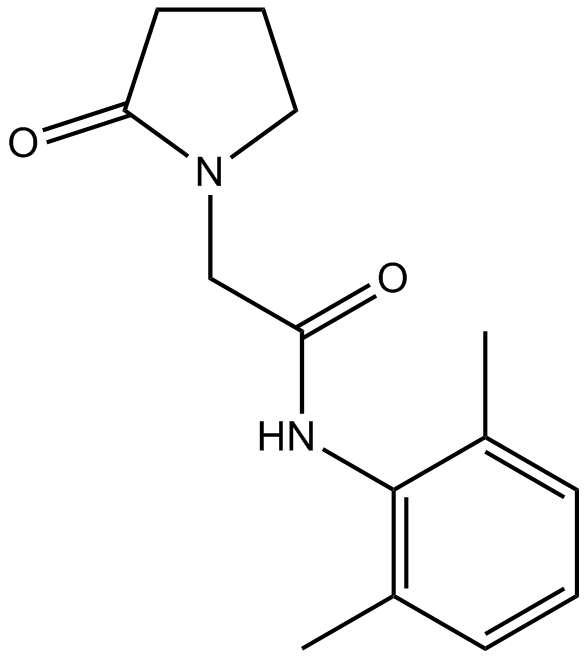 B1532 NefiracetamSummary: GABA receptor activator
B1532 NefiracetamSummary: GABA receptor activator -
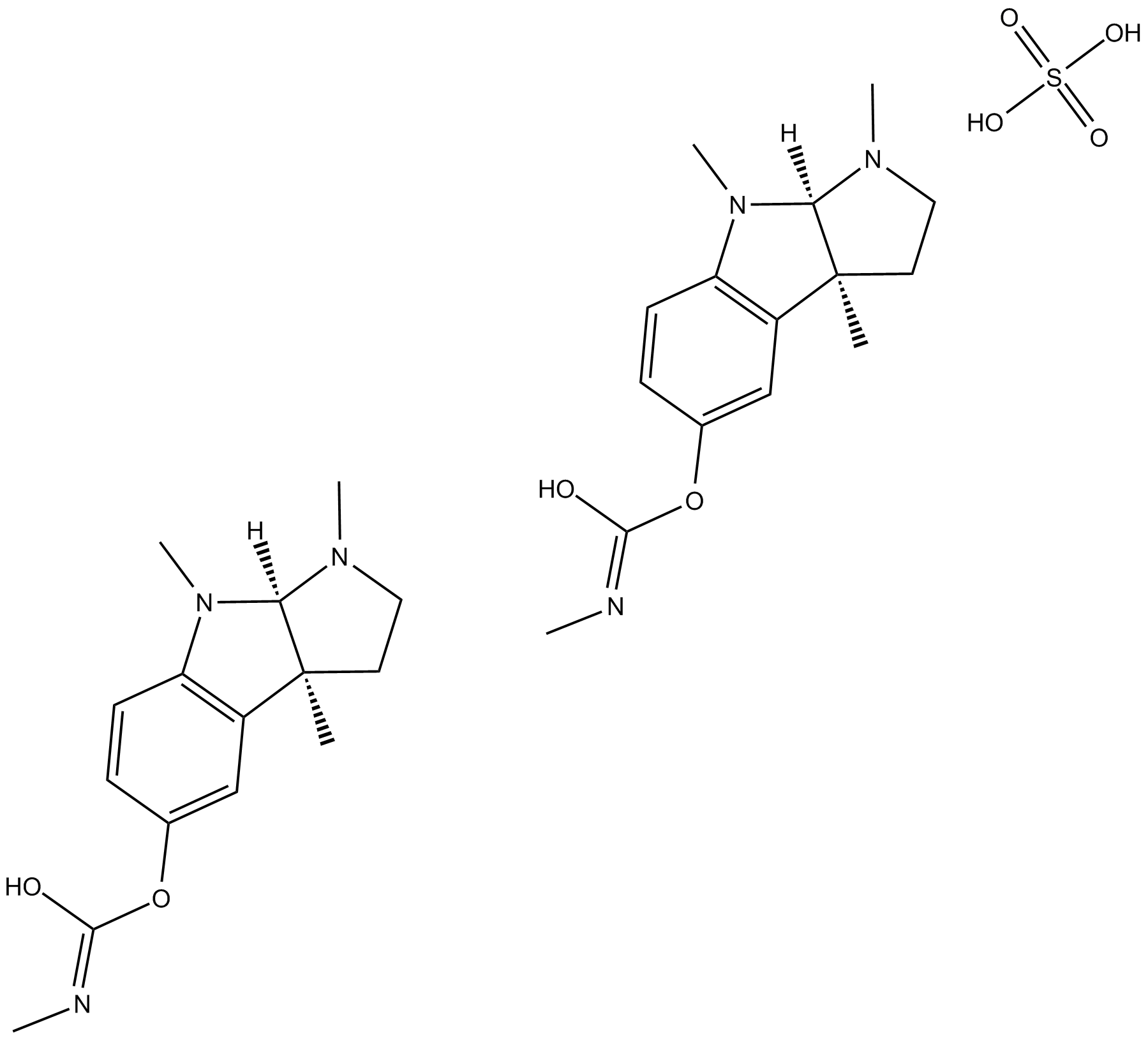 B6380 Physostigmine hemisulfateSummary: cholinesterase inhibitor
B6380 Physostigmine hemisulfateSummary: cholinesterase inhibitor -
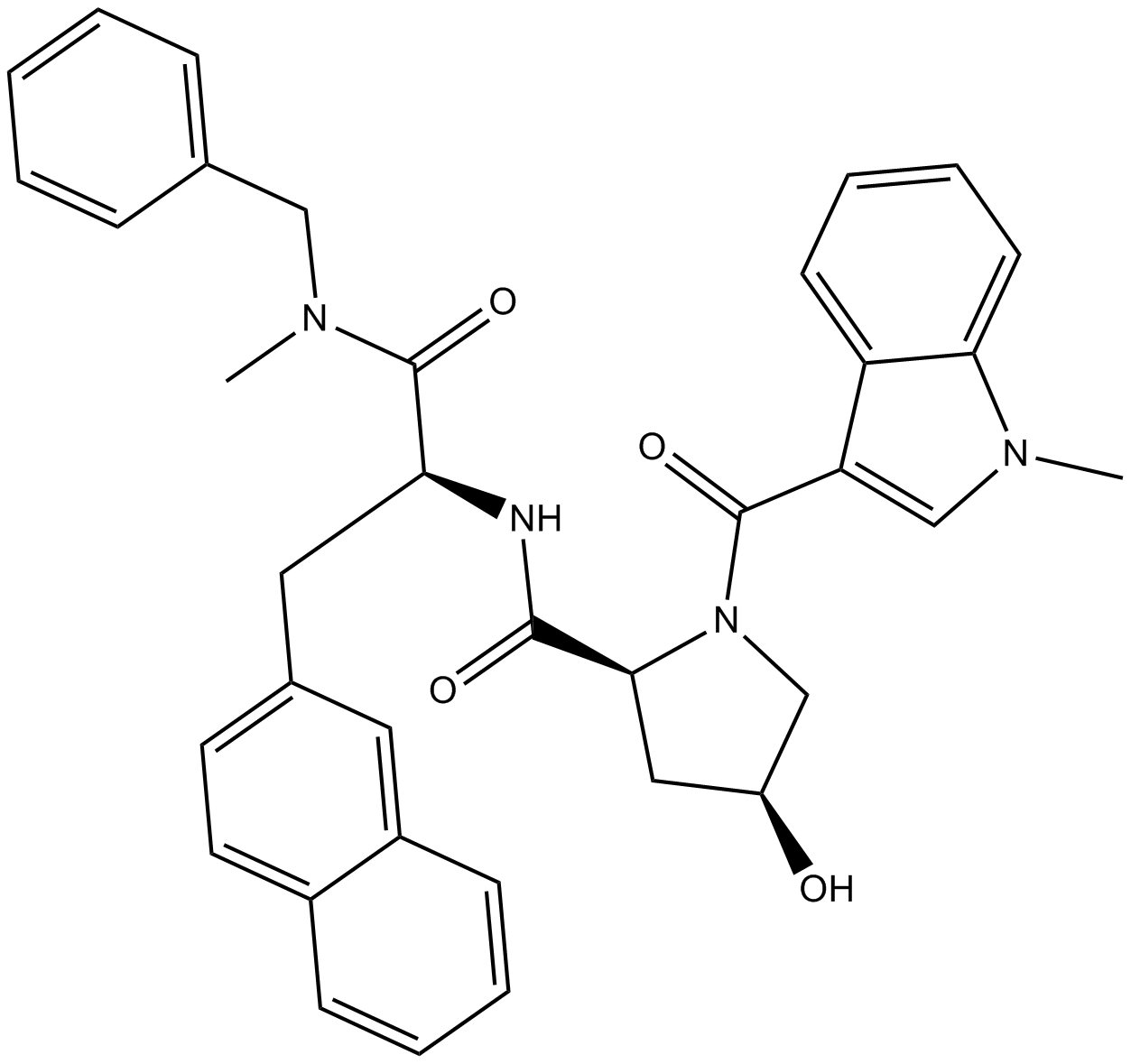 B5300 FK 888Summary: Selective, high affinity tachykinin NK1 receptor antagonist
B5300 FK 888Summary: Selective, high affinity tachykinin NK1 receptor antagonist -
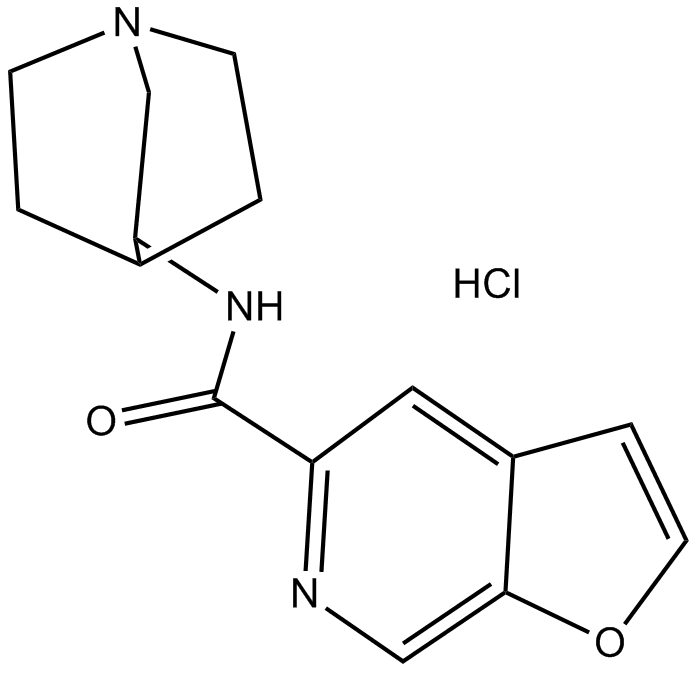 B5373 PHA 543613 hydrochlorideSummary: Potent α7 nAChR agonist
B5373 PHA 543613 hydrochlorideSummary: Potent α7 nAChR agonist -
 A3192 Asenapine hydrochlorideSummary: Atypical antipsychotic
A3192 Asenapine hydrochlorideSummary: Atypical antipsychotic -
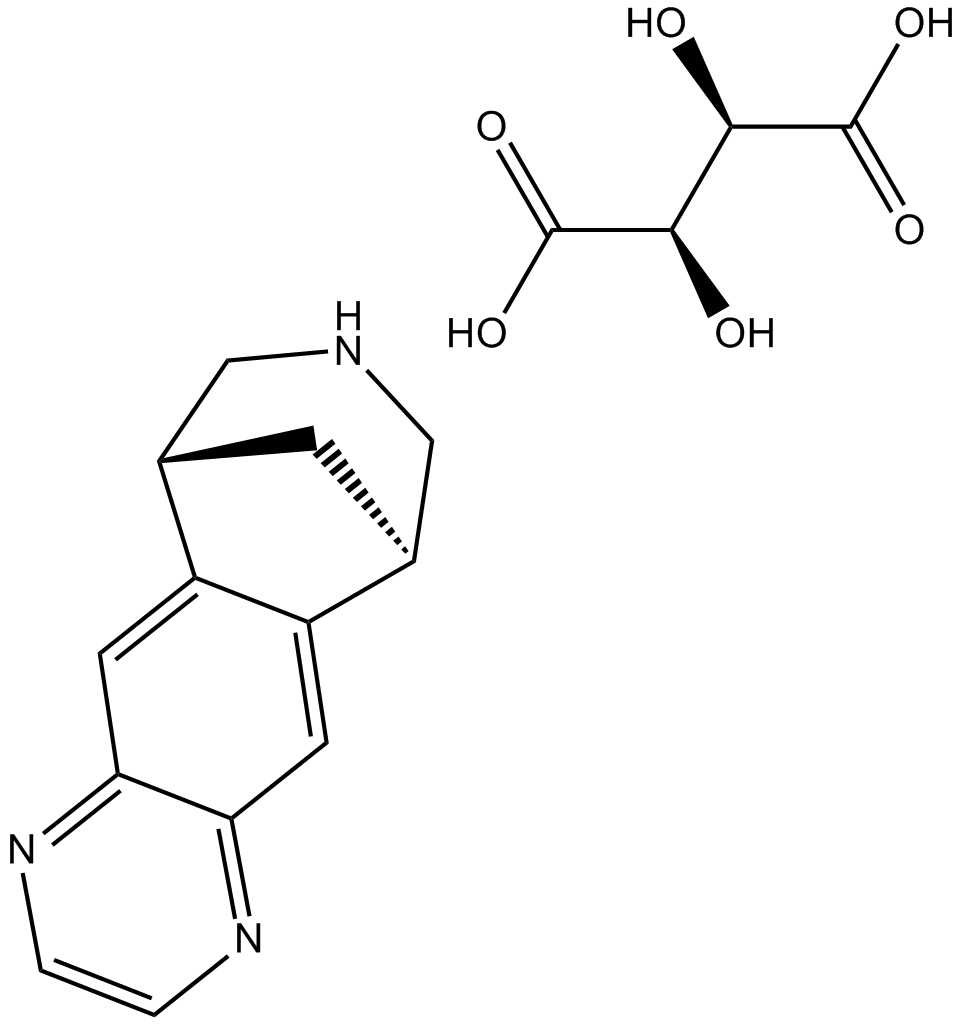 A5391 Varenicline TartrateSummary: Subtype-selective agonist of α4β2 nicotinic receptors,orally active
A5391 Varenicline TartrateSummary: Subtype-selective agonist of α4β2 nicotinic receptors,orally active -
 A8446 IbuprofenTarget: COXSummary: inhibitor of cyclooxygenase 1 and cyclooxygenase 2
A8446 IbuprofenTarget: COXSummary: inhibitor of cyclooxygenase 1 and cyclooxygenase 2 -
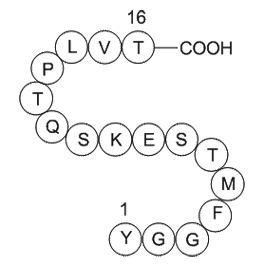 A1015 alpha-EndorphinSummary: Neurotransmitters
A1015 alpha-EndorphinSummary: Neurotransmitters

